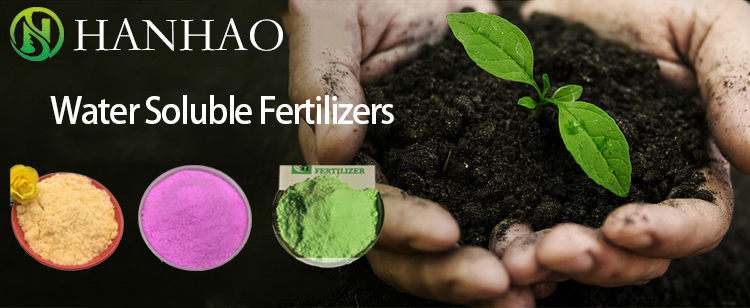
Aug . 14, 2024 18:15 Back to list
Fertilizer Manufacturer Specializing in 5-20-20 Nutrient Blend for Optimal Plant Growth and Yield
Understanding the 5-20-20 Fertilizer Benefits and Applications
Fertilizers play a crucial role in modern agriculture, providing essential nutrients for plant growth and enhancing soil fertility. Among the various types of fertilizers available, the 5-20-20 fertilizer formulation has gained popularity among farmers and gardeners. This specific fertilizer is characterized by its nutrient composition 5% nitrogen (N), 20% phosphorus (P), and 20% potassium (K). Each component serves a distinct purpose, contributing to optimal plant health and productivity.
The Role of Nitrogen
Nitrogen is essential for plant growth as it is a key component of amino acids, the building blocks of proteins. It is also a vital part of chlorophyll, which plants use for photosynthesis. In the 5-20-20 formulation, the relatively low percentage of nitrogen (5%) suggests that this fertilizer is best suited for situations where moderate nitrogen levels are sufficient. This could include specific stages of plant growth or types of plants that do not require excessive nitrogen, helping to prevent issues such as excessive leaf growth at the expense of fruit or flower production.
The Importance of Phosphorus
Phosphorus, marked by the 20% in this formulation, is crucial for energy transfer within the plant. It is a component of ATP (adenosine triphosphate), the energy currency of cells, and is vital for root development, flowering, and fruiting. This higher concentration of phosphorus in the 5-20-20 fertilizer makes it particularly beneficial during the early stages of plant growth and development. For example, when planting new vegetables or flowers, an initial boost of phosphorus helps in establishing a vigorous root system, which is fundamental for nutrient uptake as the plants mature.
The Significance of Potassium
5-20-20 fertilizer manufacturer

Potassium is another essential nutrient, constituting 20% of the 5-20-20 fertilizer. It plays several critical roles in plant health, including the regulation of water uptake, enzyme activation, and overall disease resistance. Adequate potassium levels help plants withstand environmental stresses such as drought and flooding. The balanced ratio of potassium in this formulation supports healthy plant growth, improves fruit quality, and ensures that plants can thrive in various conditions.
Applications of 5-20-20 Fertilizer
The 5-20-20 fertilizer is particularly effective for specific crops. It's commonly used in flower beds, vegetable gardens, and when transplanting seedlings, providing the necessary nutrients to boost early growth and promote robust root systems. Gardeners often apply this fertilizer during the planting phase or at the onset of flowering to maximize yield, especially for crops like tomatoes, peppers, and various flowering plants.
To utilize the 5-20-20 fertilizer effectively, it’s essential to follow recommended application rates. Over-fertilizing can lead to nutrient runoff, which adversely affects the environment. Soil testing can also help determine the specific nutrient needs of your soil, ensuring that you are applying the right amount of fertilizer based on existing nutrient levels.
Conclusion
In summary, the 5-20-20 fertilizer formulation serves as an excellent option for gardeners and farmers seeking to enhance plant growth through a balanced nutrient profile. With its strategic composition of nitrogen, phosphorus, and potassium, it aids in root development, flowering, and overall plant health. By understanding its benefits and proper application methods, cultivators can significantly improve their yields and produce healthier plants, making 5-20-20 fertilizer a valuable addition to any agricultural toolkit.
-
10 10 10 Fertilizer Organic—Balanced NPK for All Plants
NewsJul.30,2025
-
Premium 10 10 10 Fertilizer Organic for Balanced Plant Growth
NewsJul.29,2025
-
Premium 10 10 10 Fertilizer Organic for Balanced Plant Growth
NewsJul.29,2025
-
Premium 10 10 10 Fertilizer Organic for Balanced Plant Growth
NewsJul.29,2025
-
50 Pound Bags of 13-13-13 Fertilizer for All Plants – Bulk & Organic Options
NewsJul.28,2025
-
High-Efficiency 15-30-15 Granular Fertilizer for Healthy Crops
NewsJul.28,2025
